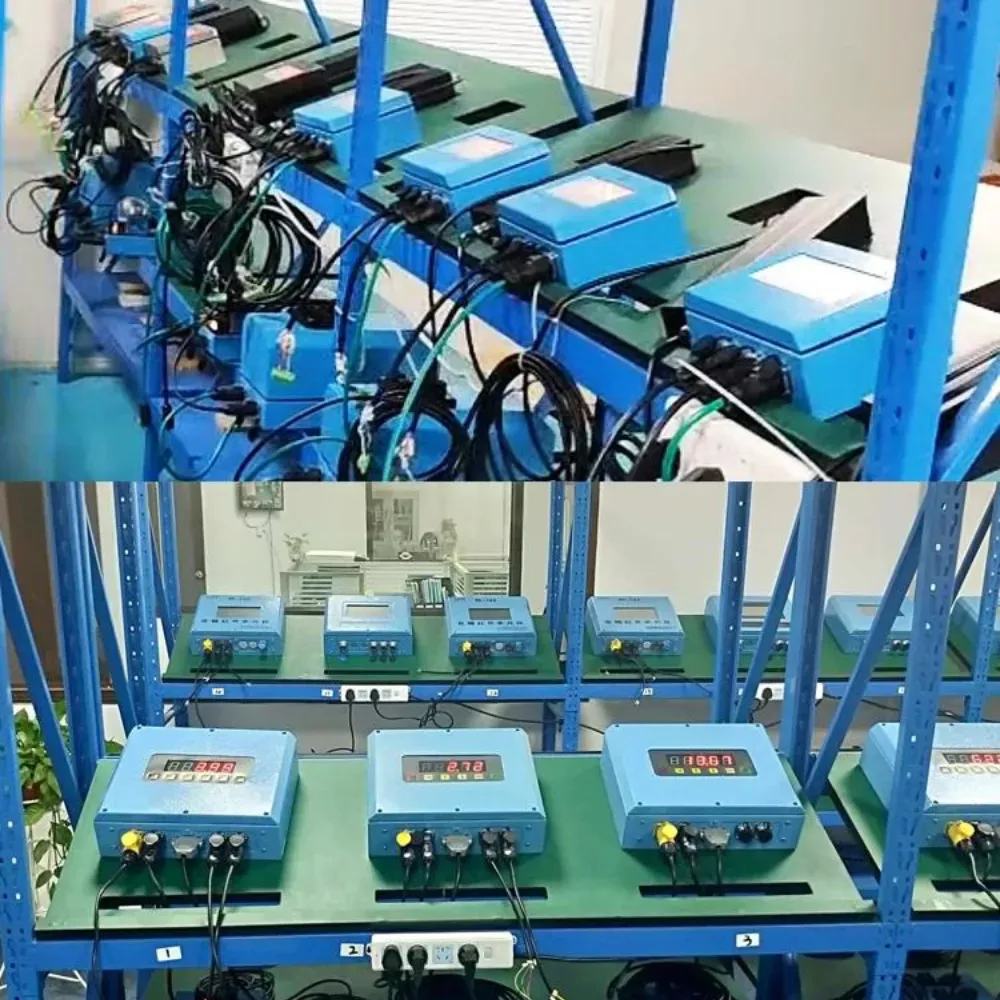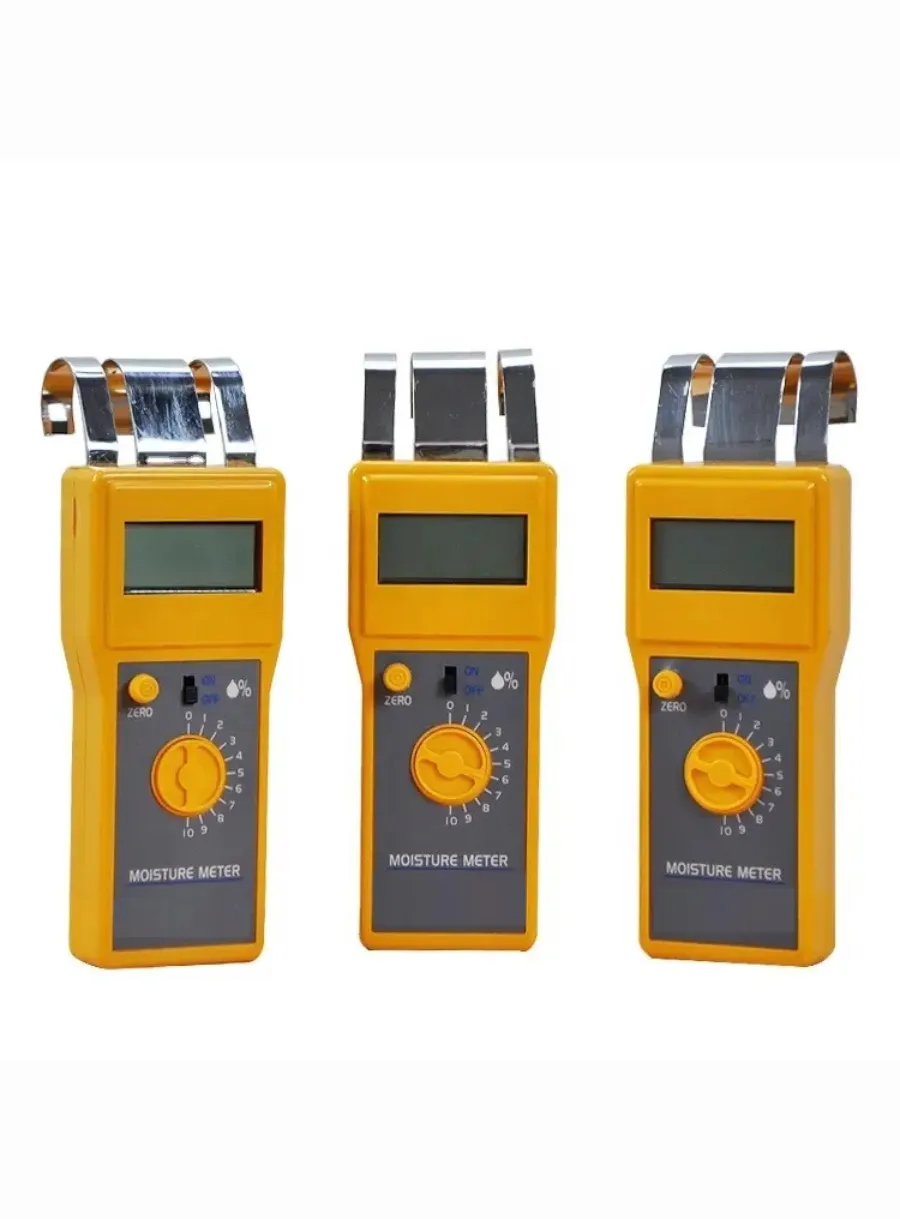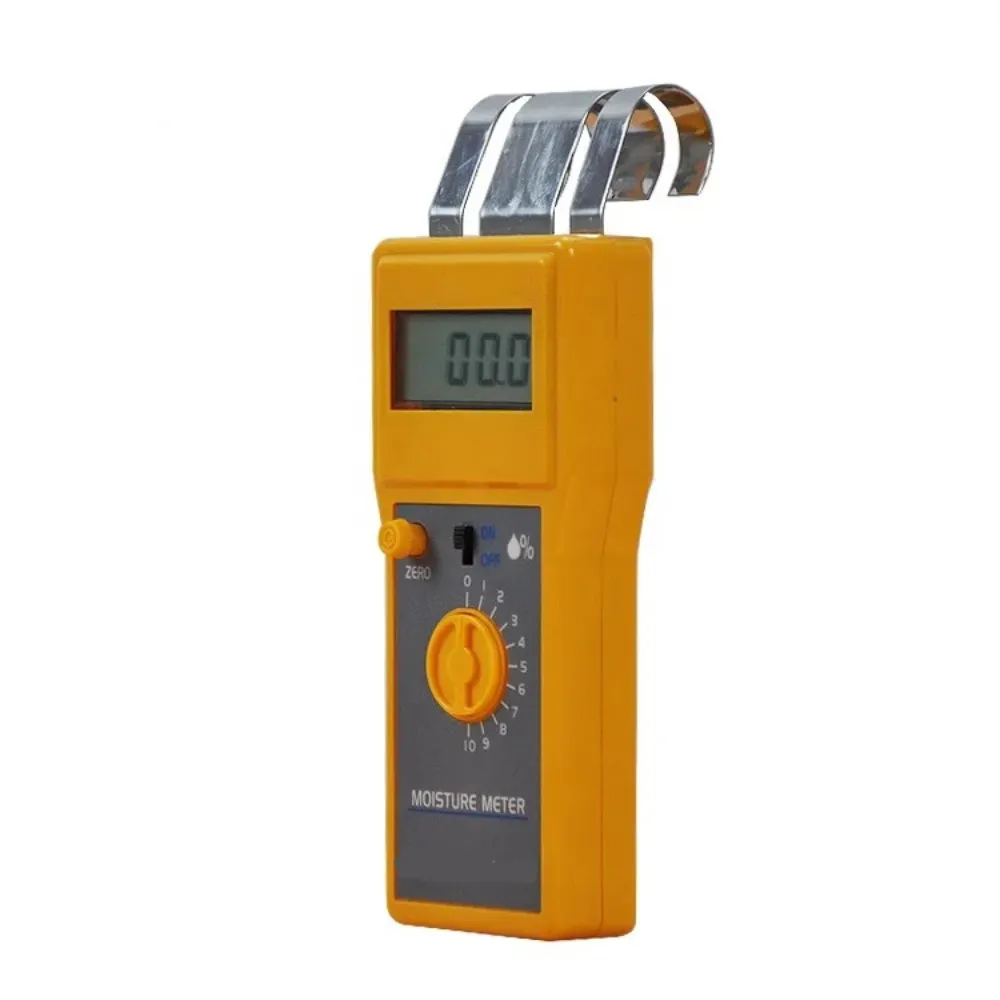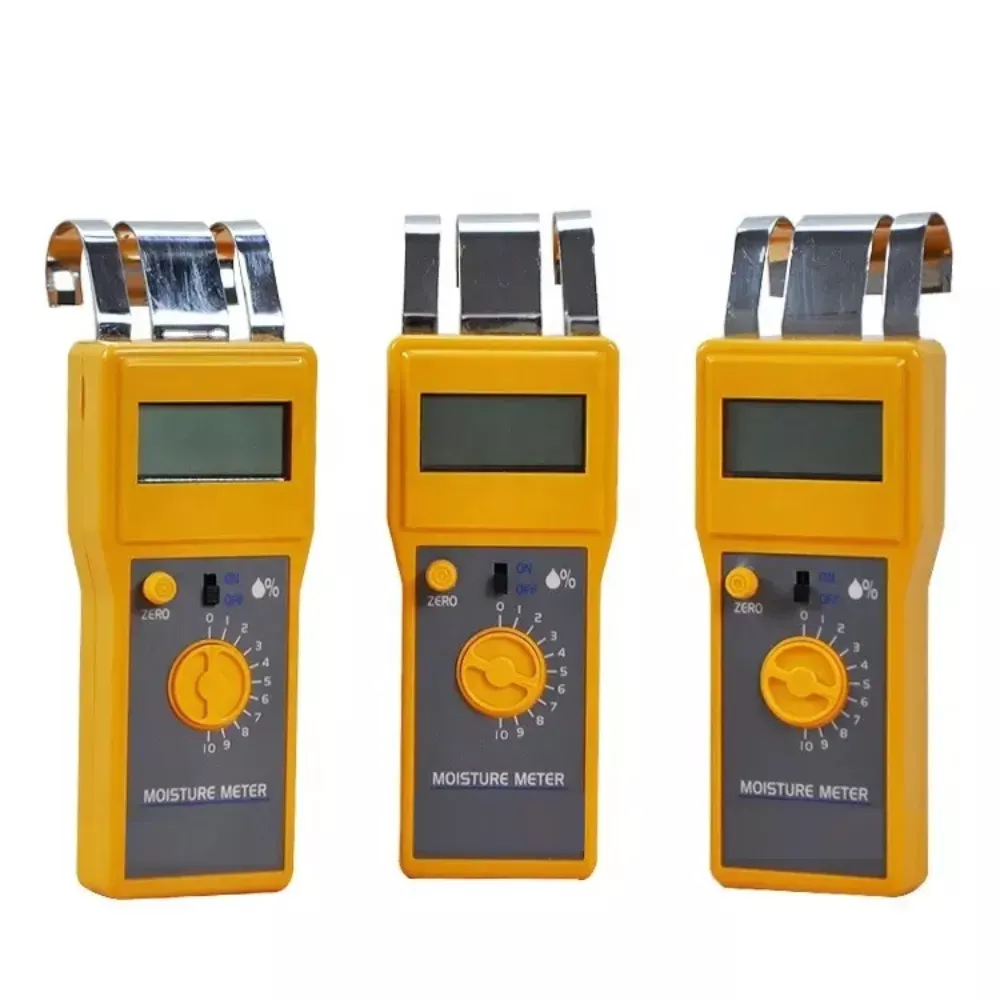
Applications of Cotton Moisture Meters
Table of Contents

Essential Applications in Cotton Production
Cotton moisture meters are essential tools in the agricultural industry, specifically for cotton production. Their primary function is to measure the moisture content of cotton bales, which is crucial for ensuring optimal storage conditions and maintaining product quality. Accurate moisture readings help prevent the growth of mold and mildew during storage, which can compromise the integrity of the cotton fibers.
To ensure reliability, many moisture meters, including those used for cotton, come equipped with calibration tests. This feature allows users to verify the device’s accuracy before relying on its readings. Such calibration is particularly important as moisture levels can vary significantly between different cotton bales and storage conditions.

Modern cotton moisture meters often incorporate user-friendly designs, such as large, backlit LCD screens for easy readability even in low-light conditions. Features like audio alerts and visual indicators enhance usability, allowing operators to quickly assess the moisture content and make informed decisions about storage and processing. For instance, some models utilize a digital raindrop system to visually represent moisture levels, simplifying the interpretation of results for users.
In practical applications, these moisture meters can be used throughout the cotton production process—from pre-harvest checks to post-harvest storage evaluations. Farmers and ginners utilize moisture meters to assess cotton quality before processing, while storage facilities monitor moisture levels to optimize conditions and prevent spoilage. This systematic approach not only ensures product quality but also contributes to cost savings by minimizing losses due to improper storage conditions.
Comments
Tags
Frequently Asked Question
Moisture meters are crucial for measuring cotton bale moisture content, ensuring optimal storage conditions, maintaining product quality, and preventing mold and mildew growth.
Modern meters often feature large backlit LCD screens, audio alerts, and visual indicators like digital raindrop systems to simplify moisture level interpretation and improve usability.
These meters are used throughout the cotton production process, from pre-harvest checks to post-harvest storage evaluations, helping farmers, ginners, and storage facilities assess and maintain cotton quality.
Calibration ensures the accuracy and reliability of moisture readings, which is crucial given the significant variations in moisture levels between different cotton bales and storage conditions.


